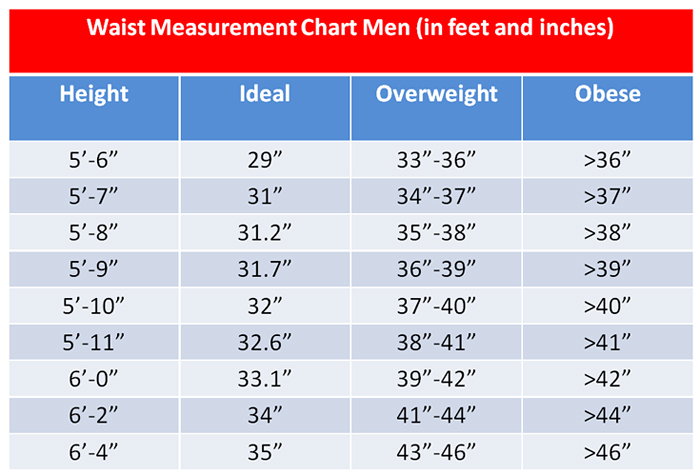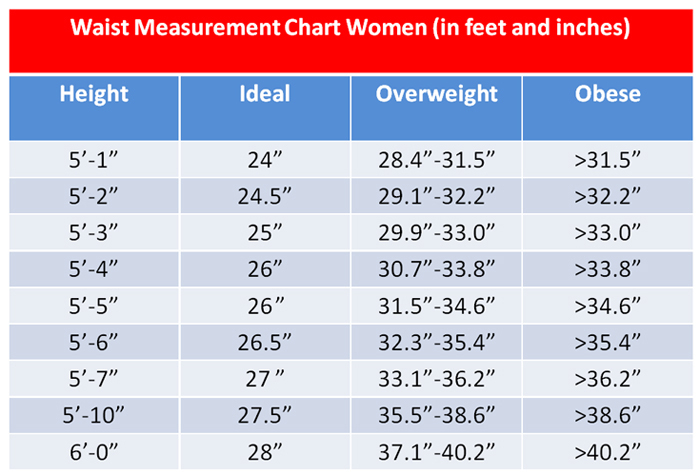- More than 630,000 Americans were diagnosed with obesity-related cancer
- Obesity-related cancers accounted for 40 percent of all diagnosed cancers
- Obesity-related cancers accounted for 55 percent of all cancers in women and 24 percent of cancers in men
- Considering more than 20 percent of American adolescents are already in the obese category; awareness of the obesity-cancer link needs to grow if we're to successfully combat cancer rates in coming decades
- Visceral fat is particularly hazardous. Recent research links excess belly fat alone (regardless of bodyweight) to an increased risk for lung and gastrointestinal cancers in postmenopausal women
- Obesity is associated with significant medical costs and lost productivity. An obese 20-year-old who sheds enough weight to drop down into the overweight category will save nearly two-thirds of his or her lifetime costs
Nearly 30 percent of the global population is overweight or obese and this has a significant impact on cancer rates, experts say. In a 2014 report, obesity was linked to an estimated 500,000 cancer cases worldwide each year.1,2 More recent statistics from the U.S. Centers for Disease Control and Prevention (CDC) shows the reality is far grimmer than that — at least in the U.S.
Obesity-Related Cancers on the Rise in the US
While cancers unrelated to obesity declined by 13 percent between 2005 and 2014, obesity-related cancer incidence rose by 7 percent, and in 2014 more than 630,000 people were diagnosed with obesity-related cancer in the U.S. alone.3,4,5 Overall, obesity-related cancers accounted for a whopping 40 percent of all diagnosed cancers in 2014. As reported by Reuters: 6
"According to the International Agency for Research on Cancer, 13 cancers are associated with overweight and obesity. They include meningioma, multiple myeloma, adenocarcinoma of the esophagus, and cancers of the thyroid, postmenopausal breast, gallbladder, stomach, liver, pancreas, kidney, ovaries, uterus and colon and rectum (colorectal)."
Previous data from the American Association for Cancer Research (AACR) suggests excess body weight is responsible for about 25 percent of the relative contribution to cancer incidence, ranking second only to smoking.7 When combined with other high-risk behaviors, such as a poor diet and lack of exercise, the relative contribution rises to 33 percent, making optional lifestyle-related factors a significant contributor to many cancers.
Obesity-Related Cancers Disproportionally Affect Women
Women are at greatest risk. Compared to men, women are more than twice as likely to develop obesity-related cancer,8 and the longer a woman is overweight, the greater her risk.9 The latest CDC data shows that 55 percent of all cancers in women were related to obesity whereas obesity accounted for "just" 24 percent of male cancer cases.10 Overall, endometrial, ovarian and postmenopausal breast cancer accounted for 42 percent of all obesity-related cancers.
According to the authors, "Observational studies have provided evidence that even a 5-kg (11-pound) increase in weight since early adulthood is associated with increased risk of overweight- and obesity-related cancers." Despite such evidence, few people are fully aware of this association.
As noted by CDC deputy director Dr. Anne Schuchat,11 "That obesity and overweight are affecting cancers may be surprising to many Americans. The awareness of some cancers being associated with obesity and overweight is not yet widespread." Considering the fact that nearly 71 percent of American adults are either overweight or obese, and over 20 percent of adolescents are already in the obese category,12 awareness of this link needs to grow if we're to successfully combat rising cancer rates in coming decades.
'Fat and Fit' Myth Promotes Unhealthy Ideals
Many still hold fast to the idea that you can be overweight and metabolically healthy, or "fat and fit," but the cases in which this might be true are few and far in between. While this notion helps combat weight-related depression and poor self-esteem, it ignores the very real health risks associated with excess body weight.
As noted in a 2013 review and meta-analysis13 that included data from more than 61,000 people, obese individuals were more likely to die sooner or have heart-related problems than people of normal weight — even if they were otherwise healthy — causing the researchers to conclude that:
"Compared with metabolically healthy normal-weight individuals, obese persons are at increased risk for adverse long-term outcomes even in the absence of metabolic abnormalities, suggesting that there is no healthy pattern of increased weight."
More recent research confirms that visceral fat — the fat buildup around your internal organs, which typically shows as an increased waist size — is directly associated with insulin resistance, high blood pressure, heart disease, stroke and cancer. In the U.S., Greece, Iceland and New Zealand, over 90 percent of adult men and half of all children were found to have this risk factor.14
Belly Fat Especially Risky for Postmenopausal Women
As noted by Medical News Today,15 "So-called metabolically obese normal weight individuals may still have impaired health, and up to 50 percent of these individuals may be ignored by current BMI [body mass index] measurements." Other recent research has linked excess belly fat alone (regardless of bodyweight) to an increased risk for lung and gastrointestinal cancers in postmenopausal women. According to study author Line Maersk Staunstrup, a doctoral student at Nordic Bioscience ProScion in Denmark:16
"The average elderly women can very much use this information, as it is known that the menopause transition initiates a shift in body fat towards the central trunk area. Therefore, elderly women should be especially aware of their lifestyle when they approach the pre-menopause age."
How to Measure Your Body Composition
Indeed, BMI has been repeatedly shown to be an unreliable way to measure a person's body composition as it fails to take into account muscle mass and intra-abdominal (visceral) fat mass.
A far more accurate measurement is to measure your waistline (the distance around the smallest area below the rib cage, above your belly button) in relation to your height. Waist circumference is the easiest anthropometric measure of total body fat. A general guide for healthy waist circumference is as follows:


Alternatively, you can measure your waist-to-hip ratio. This is done by measuring the circumference of your hips at the widest part, across your buttocks. Then measure your waist at the smallest circumference of your natural waist, just above your belly button. Divide your waist measurement by your hip measurement to get the ratio, or use the University of Maryland's online waist-to-hip ratio calculator.17

The High Cost of Obesity
Other research also deconstructs the "fat and fit" notion, showing obesity eventually takes a toll on health — and finances — even if the person is currently healthy. Using computer modeling, the researchers estimated the financial cost of obesity for different age groups. As an example, a 50-year-old obese individual with normal blood pressure and cholesterol levels has a price tag in excess of $36,000 in direct medical care and lost productivity.
Not surprisingly, weight loss was associated with significant savings. Not only could health insurance premiums be lowered across the board if society as a whole did not struggle with an excess of obesity-related health problems, but individuals would also save on co-pays, and they'd be able to maintain their productivity in the workforce. As reported by Medicine Net:18
"The researchers estimated that if an obese 20-year-old shed enough pounds to drop to the overweight category, almost two-thirds of his lifetime costs to society could be avoided … If a healthy but obese 70-year-old crossed to the overweight category, her lifetime costs could be cut by about 40 percent …"